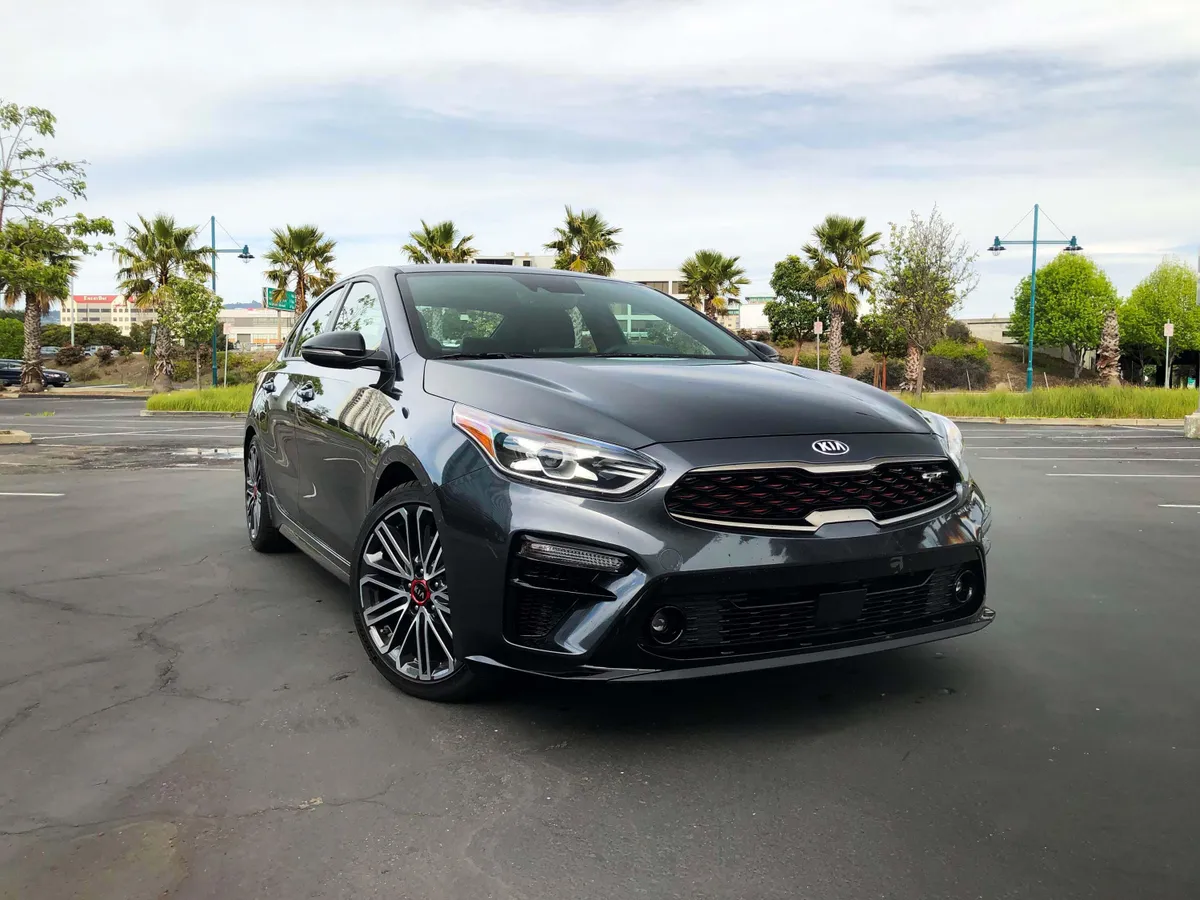Side mirrors play a bigger role in driving than most people care to admit. Whether you’re navigating tight city streets, backing into a narrow parking spot, or cruising down the highway, well-positioned mirrors can be the difference between smooth driving and a minor accident.
For that reason, the ease with which mirrors can be adjusted is not just a matter of convenience, but one of safety and confidence. Some vehicles make this process nearly effortless. With electronic controls placed right by the driver’s seat and responsive motors, the mirrors can be adjusted precisely, even while the car is in motion.
On the other end of the spectrum are vehicles where adjusting the mirrors becomes a frustrating ordeal. Whether the issue is stiff joints, weak motors, or poor interior switch design, these cars turn a simple task into something needlessly irritating.
For many drivers, the mirror adjustment process happens only occasionally. But for those who share their vehicle with others, frequently change seat positions, or drive for extended hours, mirror comfort becomes a daily concern. A well-designed system will let you make precise changes without fumbling or waiting.
Ideally, these systems also remember your preferred settings, especially if you’re using a car with memory seat functionality. But not every manufacturer gets this right. In some cars, even high-end models, mirror controls can feel laggy, unresponsive, or overly sensitive, forcing multiple attempts to get it just right.
There’s also the matter of build quality. Some mirrors feel like they’re designed with longevity in mind. They pivot smoothly, lock securely, and stay in place even after being folded in for tight parking. Others start to resist movement after just a few years of use, with plastic housings creaking or refusing to return to their proper positions.
Whether it’s due to a poor motor, inadequate lubrication, or cheap materials, sticky mechanisms can seriously impact usability. In the worst cases, they might force the driver to get out of the vehicle just to adjust.
In this article, we’ll look at five vehicles that stand out for their smooth and reliable mirror adjustment systems, followed by five that fall short. The focus is on practicality and user experience, not on price tags or luxury.
These observations are based on general patterns seen across models, driver reports, and known engineering traits in vehicle design. While individual experiences may vary, the tendencies of these vehicles in this area are fairly well established.
Also Read: 10 Cars No One Talks About But Run Forever
Vehicles With Easy Mirror Adjust
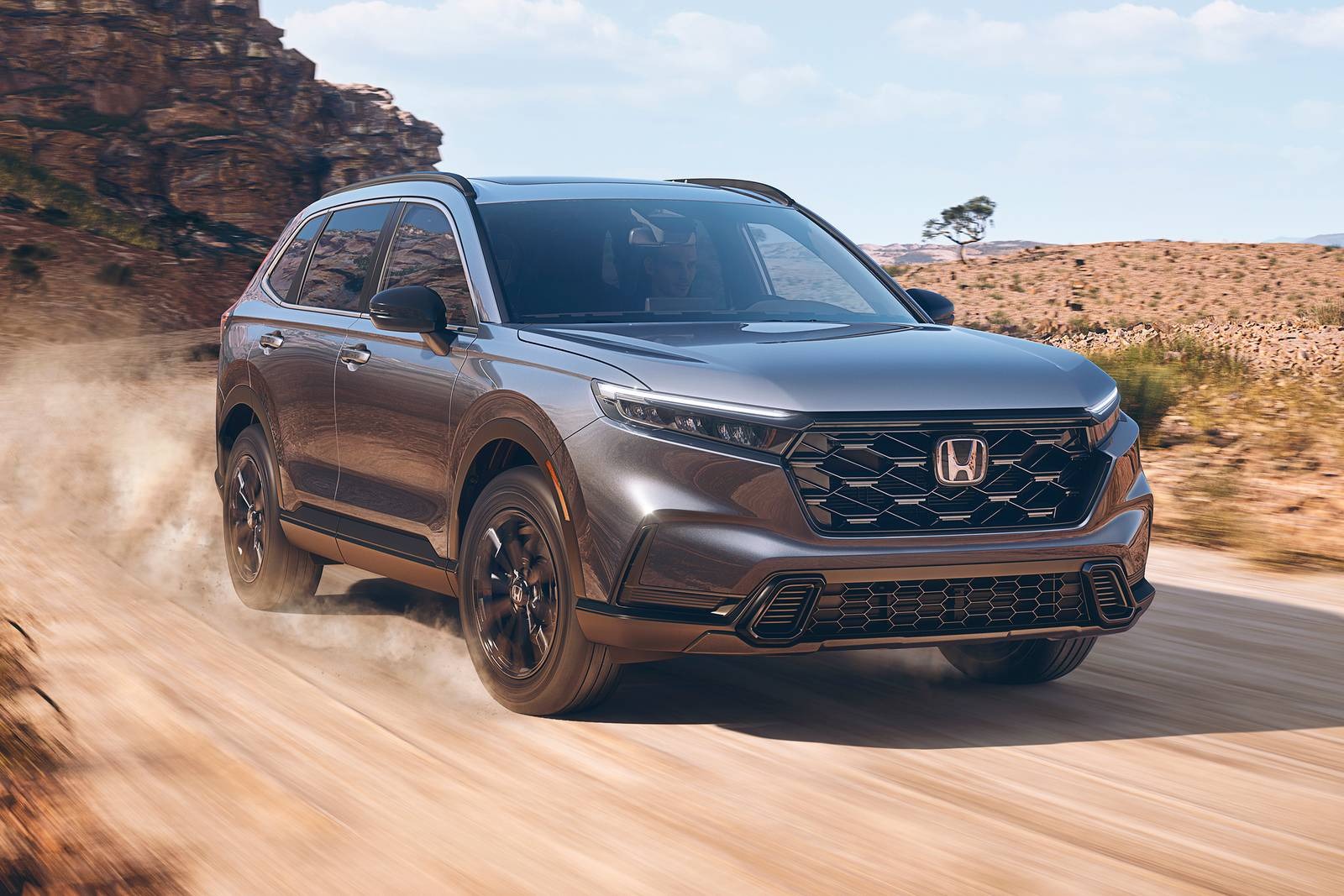
1. Honda CR-V (2017–2022)
Honda’s approach to practicality shines in the CR-V, and one of the most overlooked conveniences is its mirror system. The control panel is located in a natural, ergonomic spot on the driver’s side door.
It features a simple toggle switch to choose the left or right mirror, and a responsive joystick-style knob to make the adjustments. There’s no lag between movement and response, and the mirrors shift smoothly without jumping or overcorrecting. Even for those unfamiliar with the car, the process is intuitive and quick.
Another benefit of the CR-V’s design is its sturdy mirror build. They feel substantial when manually folding in, and they hold their adjusted position with no drift.
The materials are solid enough to resist wind buffeting, which sometimes knocks poorly designed mirrors out of alignment at highway speeds. The CR-V doesn’t suffer from that issue. It also helps that the vehicle offers good outward visibility, so fine-tuning the mirrors doesn’t need to be overly precise just to get a basic view of adjacent lanes.
Drivers who use memory seats in higher trims will appreciate how the mirror positions are saved along with seat preferences. This adds a layer of convenience, especially in households where more than one person drives the vehicle regularly. With just a single button press, mirrors and seats realign to the previous configuration, reducing the need for constant re-adjustment.
Long-term ownership also seems to favor the CR-V in this regard. Even after five or more years on the road, the mirror motors typically retain their smooth operation. There’s very little degradation in their function, and repairs for mirror-related issues are uncommon. This reliability makes the CR-V a solid pick for anyone who wants ease of use from day one and continued consistency for years to come.
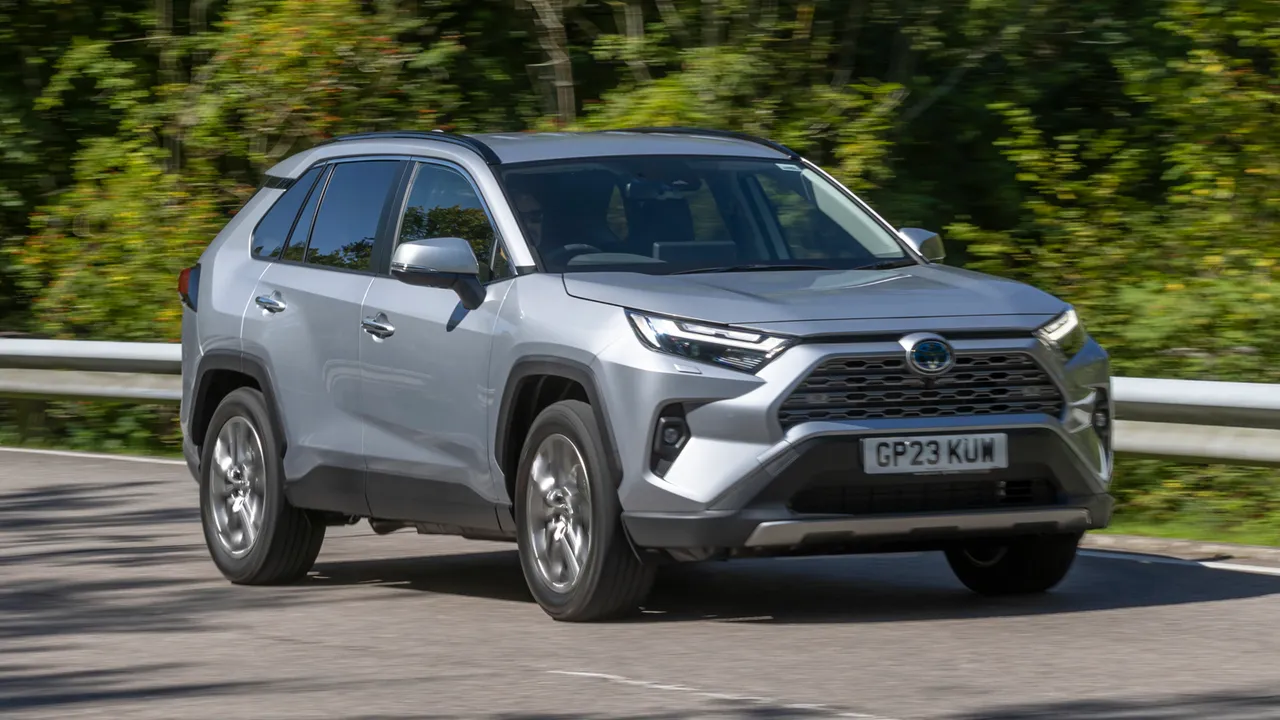
2. Toyota RAV4 (2019–Present)
The Toyota RAV4 is another vehicle that gets the basics right. While it shares many traits with the CR-V, it carves its own identity in user comfort. The mirror controls are positioned just under the window switches and clearly labeled. Adjustments are done using a four-way button, and responsiveness is immediate. The motor inside each mirror housing operates quietly and without hesitation, offering smooth movement in all directions.
One of the standout features in some RAV4 trims is the auto-folding mirrors. When the vehicle is locked or unlocked, the mirrors fold in or out, helping drivers avoid damaging them in tight spaces.
This feature not only adds to the feeling of refinement but also ensures that the motors are frequently in motion, which helps prevent them from sticking over time. Repeated usage tends to keep mechanical parts loose and responsive, reducing wear-related issues.
Toyota also equips the RAV4 with strong mirror frames that handle regular usage without showing signs of weakness. The mirrors maintain their alignment, even when subjected to vibrations from rough roads or long drives.
This stability means that drivers won’t have to keep checking and correcting their view after hitting a few bumps. Everything stays where it should, which promotes safer lane changes and merges.
Owners generally report high satisfaction with the mirror performance on the RAV4. In user forums and reviews, it’s rare to find complaints about lagging motors or unresponsive switches. This consistency in design and execution has earned Toyota a reputation for delivering practical and reliable components, and the mirror adjustment system on the RAV4 lives up to that standard with ease.
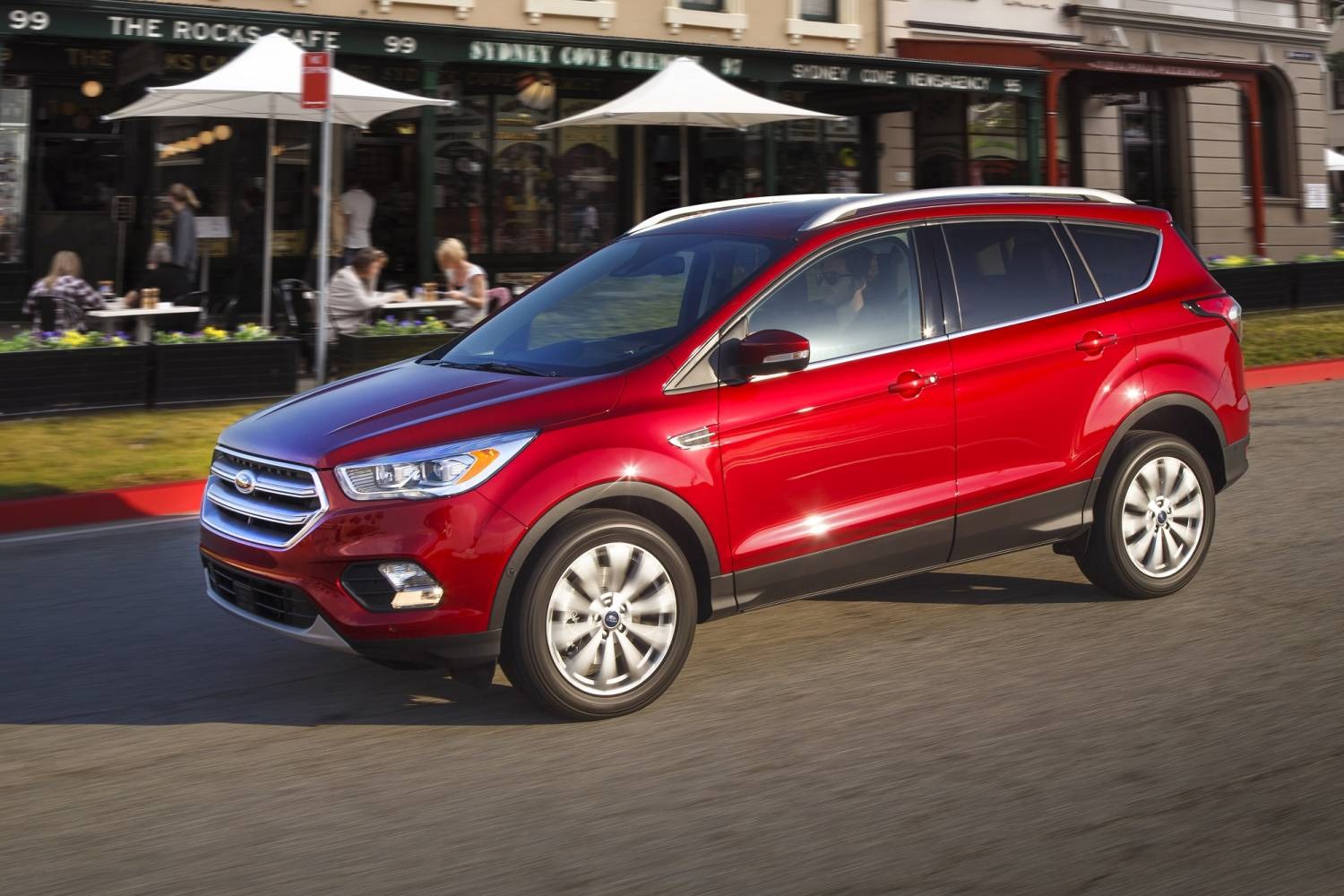
3. Ford Escape (2020–Present)
Ford redesigned the Escape to better compete in the compact SUV segment, and part of that effort included refining its driver controls. The side mirror adjustment setup is straightforward.
A round directional pad allows movement in all four directions, and the selector switch to choose left or right is positioned right next to it. Everything is within easy reach, and the feedback is instant. You don’t have to wait for the mirror to catch up to your finger; the motor keeps up well with your input.
One unique aspect of the Escape is how well the mirrors recalibrate after folding. Some vehicles struggle to return to the exact angle once folded manually or automatically. The Escape’s design accounts for this, returning to the exact position that was set before folding. This is particularly useful for city drivers who park in tight spots and need to fold their mirrors daily.
Durability is also a strong suit. The mirror motors retain their speed and accuracy even with frequent use. Whether it’s cold mornings or hot summers, the electronics inside the Escape’s mirrors don’t tend to show temperature-related sluggishness.
That kind of consistency is what drivers appreciate over time. They don’t have to wait for a “warm-up” period or tap the controls repeatedly to wake things up.
Lastly, the mirrors themselves provide a good field of view, which complements the ease of adjustment. You’re not trying to correct for distorted angles or overly curved edges. It’s simple, direct, and effective. While the Escape may not be the flashiest SUV in its class, it definitely nails the fundamentals when it comes to mirror adjustability and user-friendliness.
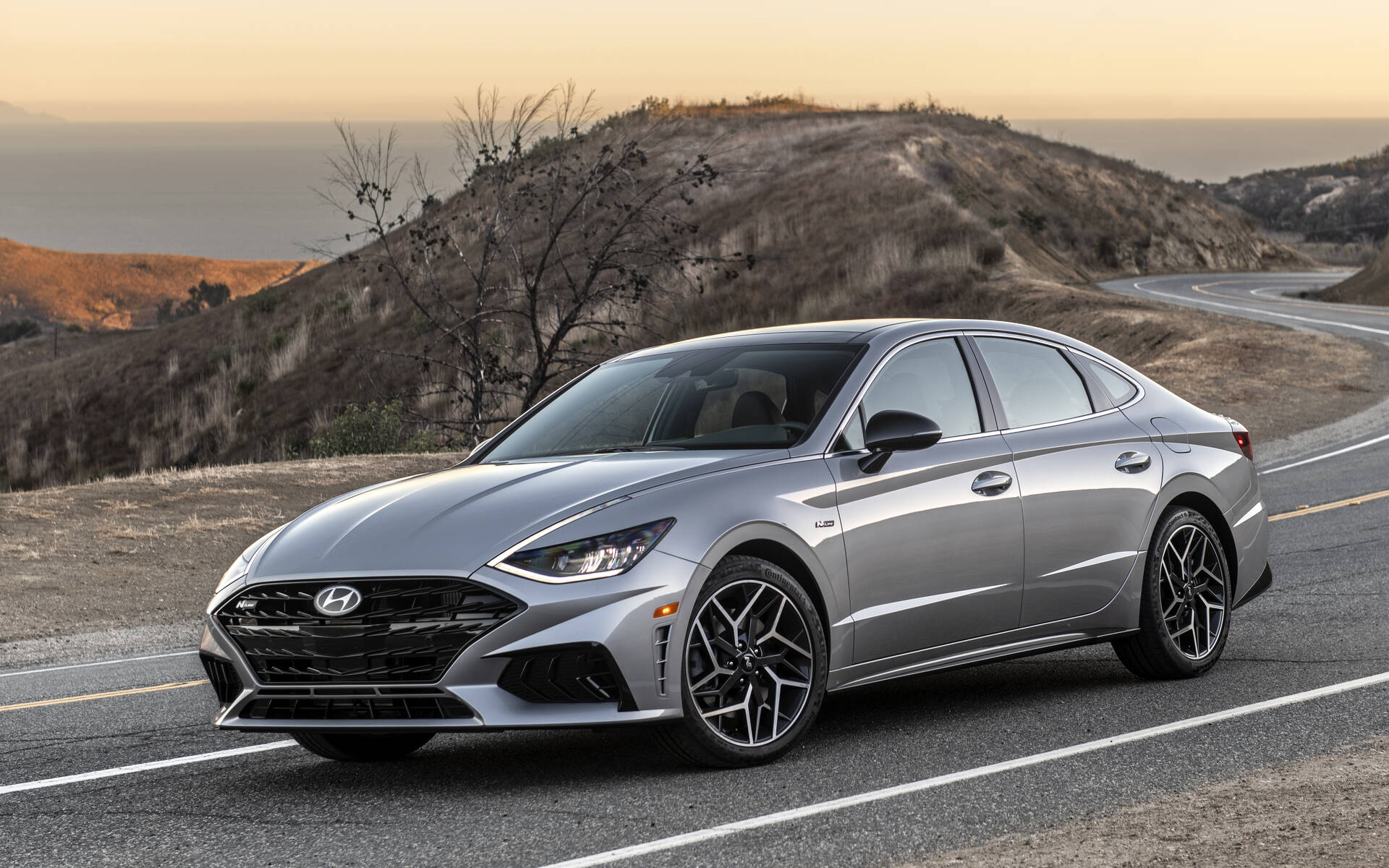
4. Hyundai Sonata (2020–Present)
The Hyundai Sonata is a midsize sedan that places an emphasis on driver experience, and that includes small but meaningful touches like mirror adjustability.
The electric controls for the mirrors are quick to access, situated near the window and lock buttons. Selecting the left or right mirror is easy and clearly indicated, and the adjustment pad responds without delay. The mirrors move exactly where you guide them, with no overshoot or jitter.
Sonata models equipped with memory seats will also store mirror positions, which is a huge help for multi-driver households. That feature may seem minor, but it cuts down on frustration when switching between drivers. With one button press, the seat and mirrors return to the saved configuration. There’s no guesswork or readjustment needed.
The motorized movement of the mirrors is particularly quiet in the Sonata. This adds a sense of refinement to the process and makes adjustments during night driving less distracting. The quietness doesn’t come at the cost of speed, though. The mirrors shift promptly in every direction, making it easy to fine-tune while on the move or after reversing out of a tight space.
Build quality also plays a role here. The mirror housings are strong, and the folding mechanism, manual or powered, depending on trim operates smoothly. Even after years of use, these mirrors don’t become loose or noisy. Hyundai’s attention to detail in this area makes the Sonata one of the more satisfying sedans when it comes to mirror performance.
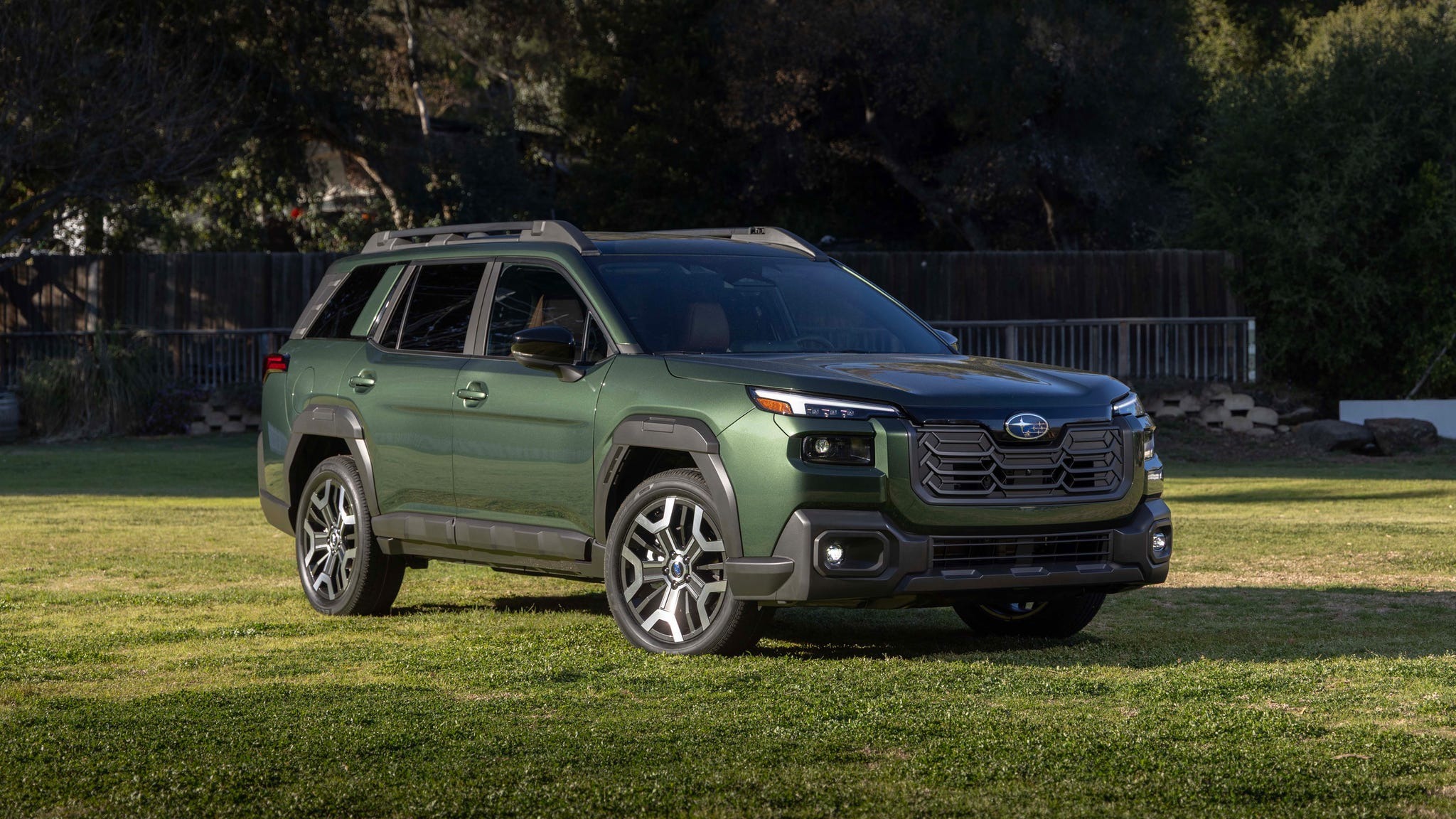
5. Subaru Outback (2020–Present)
Subaru’s Outback is built for drivers who want a mix of comfort and capability, and its mirror system falls neatly into that philosophy. Controls are located right where you expect them, with an easy-to-use toggle to switch sides and a directional pad for movement. Adjustment is responsive and smooth, and the system rarely shows signs of delay or mechanical drag.
What’s about the Outback is how well it handles cold-weather conditions. Many vehicles experience sluggish motor performance in freezing temperatures, but the Outback’s mirrors operate with nearly the same speed and precision regardless of the weather. That reliability is crucial in snowy regions where visibility and adjustments may need to change during the drive.
Subaru also gives attention to mirror visibility and angle design. The mirrors are large and flat enough to give a true sense of what’s beside and behind the car. They don’t rely too heavily on distortion or fish-eye shaping to cover blind spots, so you can make fine adjustments with confidence. That clarity reduces the stress of quick lane changes or highway driving.
Over time, these mirrors hold up well. The motors don’t seem to wear out easily, and the control panel doesn’t lose sensitivity with age. It’s a setup that works reliably in day-to-day life, offering both comfort and peace of mind without unnecessary complication. Subaru has kept things simple, but effective, and the Outback benefits greatly from that approach.
Vehicles With Sticky Mirror Mechanisms
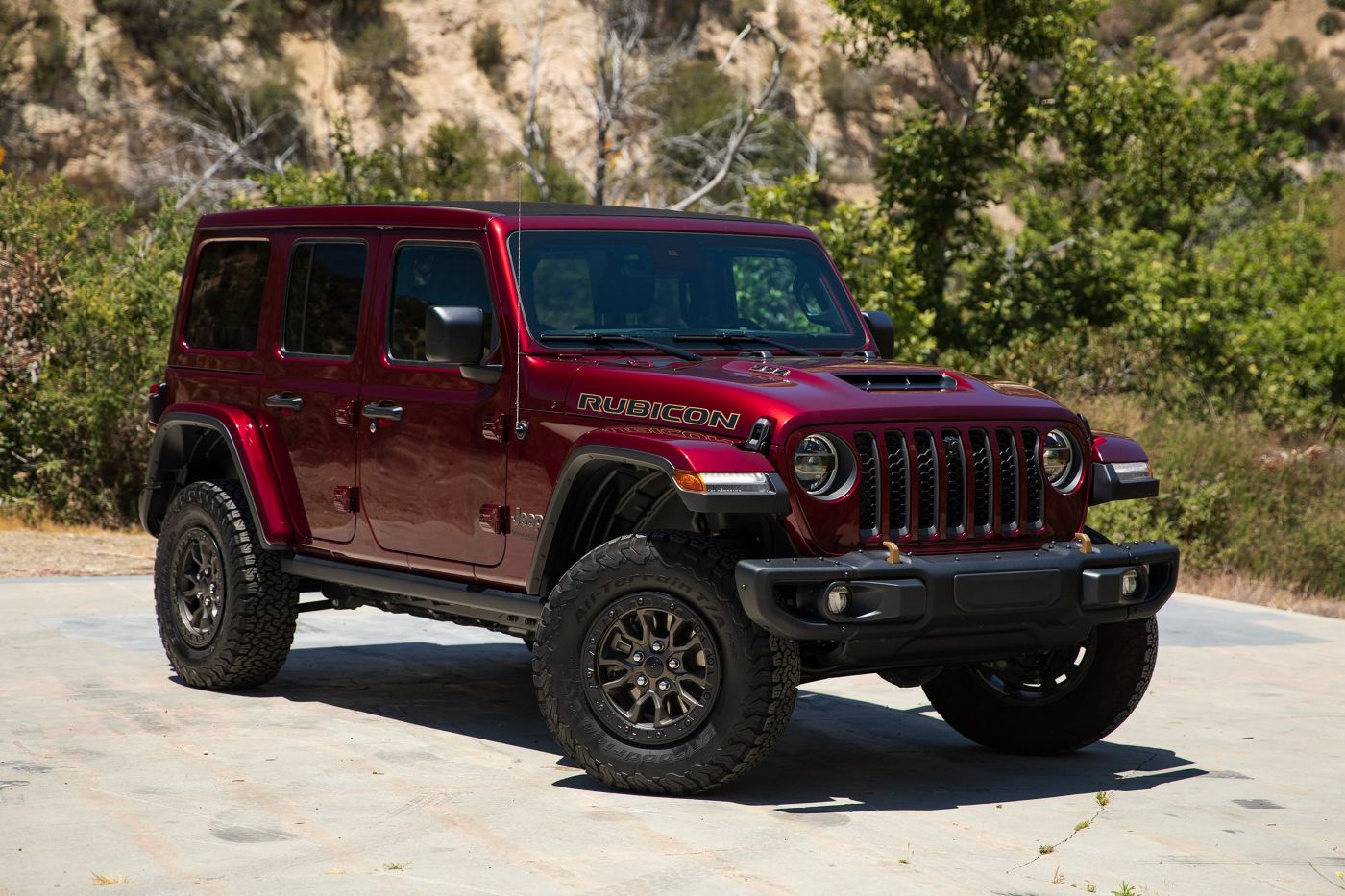
1. Jeep Wrangler (2012–2021)
The Jeep Wrangler is known for its rugged appeal and off-road capabilities, but mirror adjustment is far from its strong suit. For many years, Jeep has stuck with an outdated manual design on base and mid trims, which often lacks electronic adjustment altogether.
When adjustments are required, drivers are left awkwardly reaching out of the vehicle or pushing at stiff joints from inside, which can be especially annoying on cold mornings or after extended off-road driving.
Even models that include electric mirror adjustment are not much better. The motors tend to move slowly, and they’re known to “catch” during operation. This means the mirror might start moving, then suddenly jerk or freeze.
It’s a frustration that becomes particularly noticeable when trying to make precise changes, such as angling the mirror just slightly to reduce glare or monitor a blind spot more accurately. Over time, the motors also wear unevenly, which can lead to mismatched movement speeds between the left and right mirrors.
Durability is another problem area. While the Wrangler is designed to handle rough environments, the mirror components aren’t always built to the same rugged standard.
Repeated folding, especially after exposure to dust, sand, or snow, tends to stiffen the joints. Some owners report having to physically yank on the mirror housing just to make it move after only a couple of years. This kind of forced movement increases the risk of cracking or internal breakage, turning a minor issue into a costly repair.
Additionally, the boxy shape of the Wrangler requires well-angled mirrors for good visibility. When adjusting is a hassle, this compromises safety. Visibility becomes especially difficult for shorter drivers or those who need to make frequent changes while parking.
Jeep may have nailed the off-road persona, but its mirror adjustment system is a reminder that functional convenience often takes a back seat in favor of design tradition. This oversight can be especially irritating for those who use their Wranglers as daily drivers.
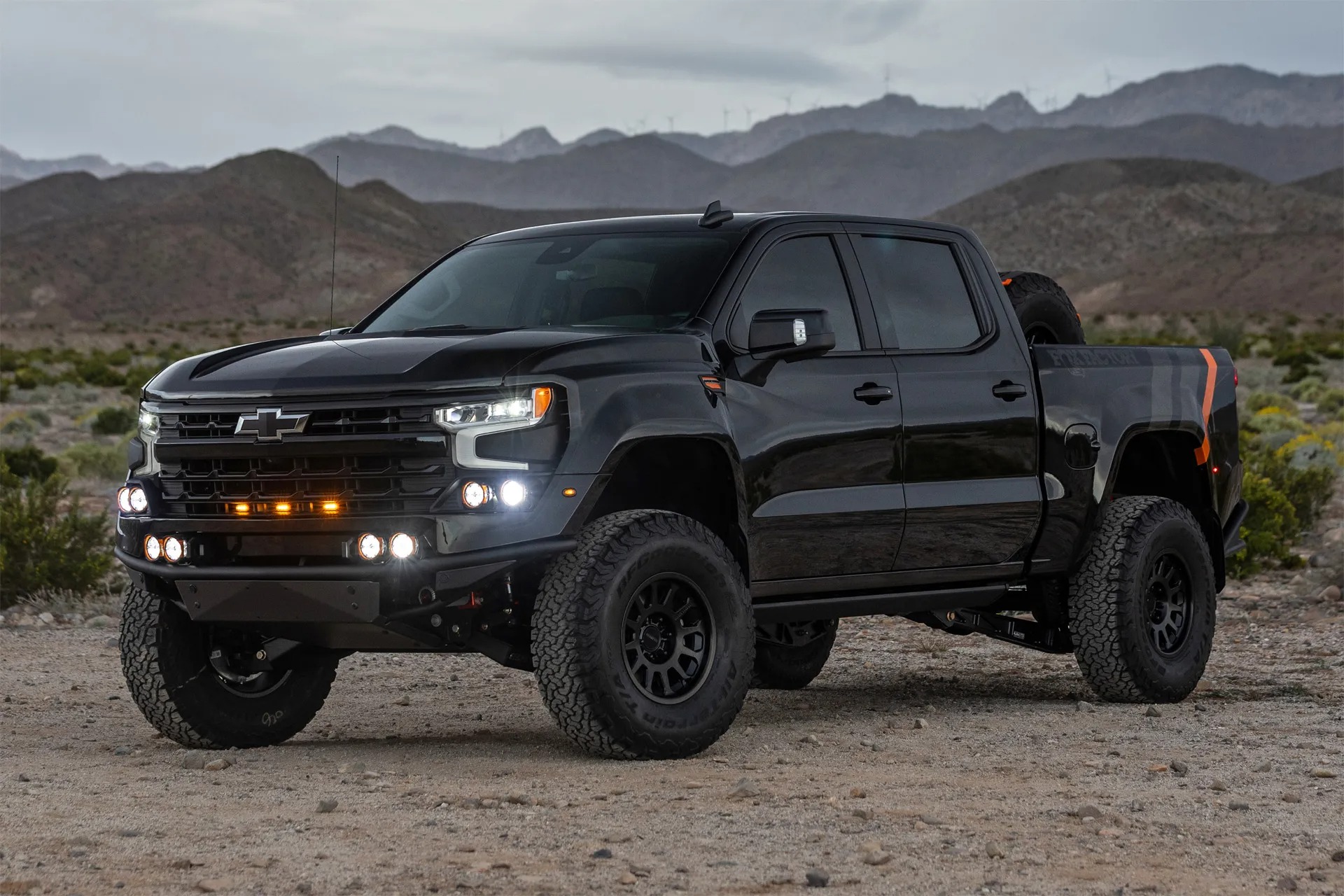
2. Chevrolet Silverado (2014–2019)
The Silverado is a solid and powerful truck, but its side mirror system is often a point of frustration for owners, especially those with earlier models in this range. Many trims come equipped with large trailer-style mirrors, which are great for towing but cumbersome to adjust.
The electric adjustment motors frequently struggle to move the heavier mirror assemblies smoothly, resulting in lag or resistance. This becomes even more noticeable in colder climates or after long periods without adjustment.
The placement of the mirror control switch is also poorly considered. It’s tucked in an awkward position on the driver’s side door, sometimes half-obstructed by the steering wheel.
You have to take your eyes off the road to find the controls, and once you do, the response from the mirrors is often inconsistent. They may twitch slightly before moving fully or may continue moving for a second after you release the control, which makes precise positioning difficult.
Manual folding is no better. The folding joints are tight to begin with and only get worse over time. Once corrosion sets in, especially in salty or humid environments, the mirrors begin to creak and resist movement.
What starts as a tight but workable design becomes a nearly immobile fixture. Some owners report using lubricant sprays seasonally just to keep the mirrors from locking up entirely. That kind of workaround should not be necessary for something as basic as a side mirror.
This problem is amplified for drivers who share their trucks with others or frequently change driving positions. Readjusting the mirrors becomes a small ordeal each time, especially when switching between towing mode and normal driving.
While Chevrolet made improvements in later models, this generation of the Silverado serves as a good example of how bigger isn’t always better. The mirrors are imposing in size but lacking in function, making everyday driving slightly more difficult than it needs to be.
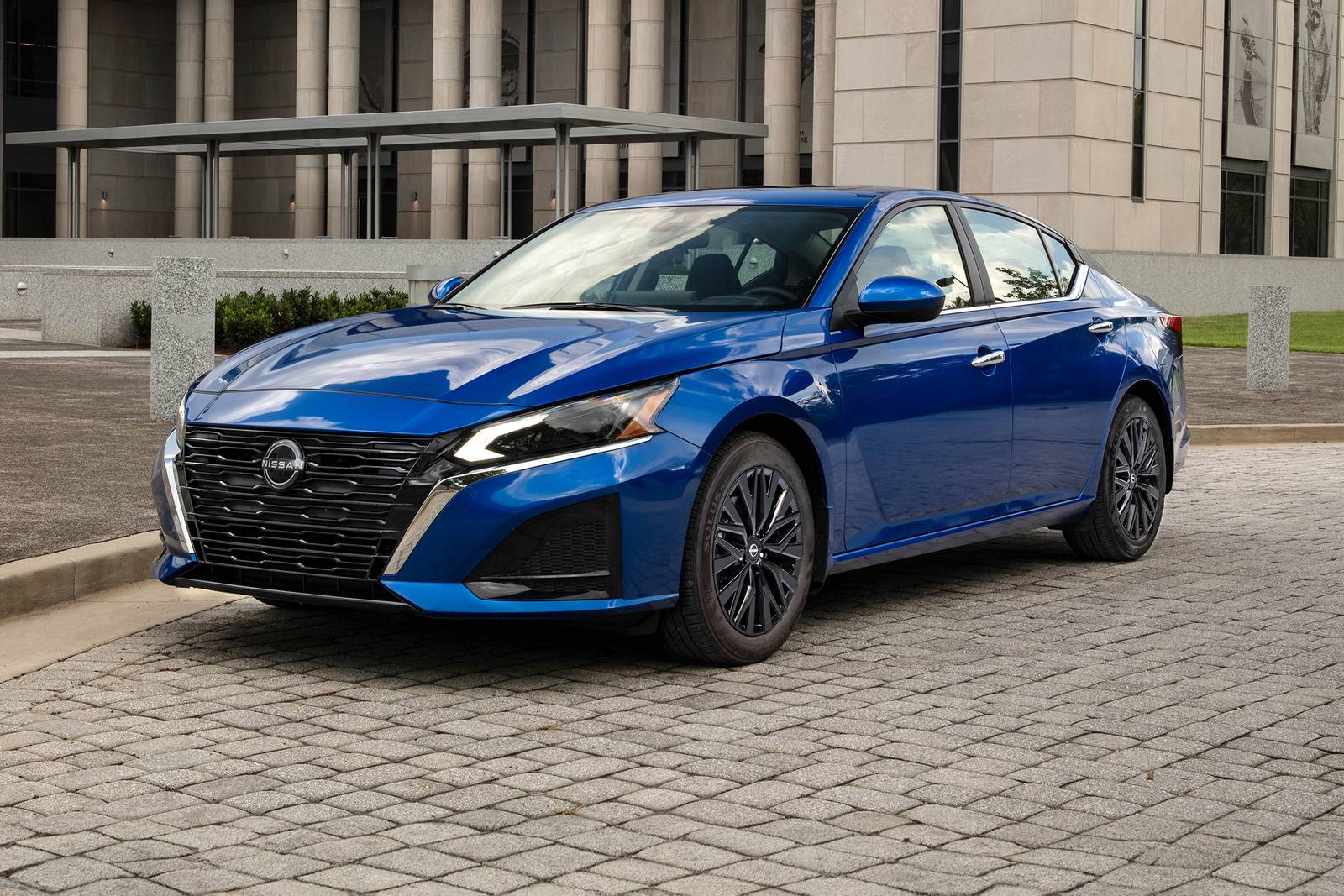
3. Nissan Altima (2013–2018)
The Nissan Altima has always been a fairly dependable midsize sedan, but its mirror adjustment mechanism during these years left much to be desired. The electric controls in this generation are known to be a bit twitchy.
They don’t always register the driver’s touch immediately, or they may react with a slight delay, making it hard to achieve the desired angle. The result is often a frustrating back-and-forth that wastes time, especially when you’re trying to get moving in a hurry.
The mirrors also suffer from inconsistent motor power. Some drivers notice that the left mirror moves faster or slower than the right, despite identical input.
Others find that the mirrors simply stop moving halfway and require restarting the car or toggling the system to “reset” it. These may not seem like deal-breaking problems in isolation, but they add up to a generally unreliable experience that doesn’t instill much confidence in the car’s long-term electrical reliability.
Physical stiffness is another issue. Even without visible damage, the mirror arms become tight after just a few years of use. Attempting to fold them manually can feel like you’re forcing plastic against metal, and the tension rarely improves with time.
If the vehicle is exposed to snow, rain, or debris, the joints are even more likely to stick. Drivers often report needing to push the mirrors multiple times before they fold or unfold properly, which leads to unnecessary stress on the components.
The Altima’s mirror problems are especially frustrating because the rest of the car tends to be so easy to use. It has a comfortable interior, straightforward controls, and a user-friendly infotainment system.
But when something as fundamental as a mirror can’t be adjusted quickly or reliably, it becomes a point of daily annoyance. For such a common vehicle, it’s surprising Nissan didn’t put more thought into smoothing out these basic usability concerns.
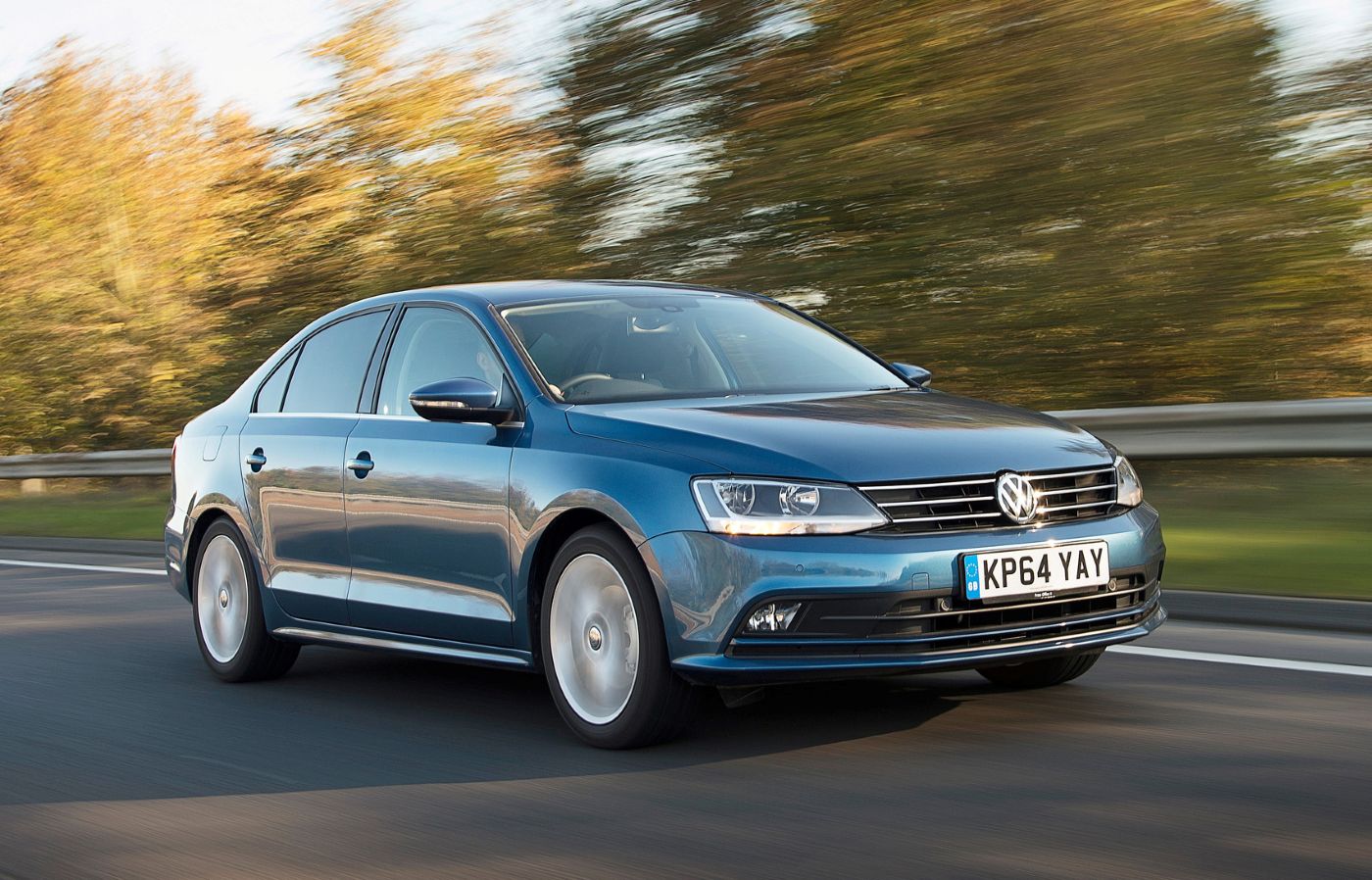
4. Volkswagen Jetta (2011–2017)
Volkswagen prides itself on engineering, but the Jetta from this era includes a mirror adjustment setup that often frustrates owners. While the mirror switch is located in a sensible spot, the rotary-style control can feel stiff or imprecise.
Unlike a simple directional pad, this style requires a twist-and-hold action, which some drivers find less intuitive. Worse yet, the mirrors sometimes don’t respond at all on the first try, forcing the driver to rotate the knob several times or wiggle it slightly to establish a proper connection.
Electric motor performance isn’t always consistent either. The motors can make high-pitched noises while moving, which indicates strain or poor lubrication. They also tend to jerk into place rather than glide smoothly, making small adjustments tricky. This becomes especially noticeable when trying to correct a mirror after parallel parking or reversing in a tight space. A task that should take seconds ends up taking longer due to the mechanical drag.
Additionally, these mirrors are prone to becoming stuck when exposed to colder weather or road salt. In regions with winter driving, this becomes a regular nuisance. Even though the Jetta is sold in markets all over the world, its mirror mechanisms do not appear to be as weather-resistant as they should be.
Repeated attempts to fold or unfold the mirrors manually often lead to resistance, and in some cases, breakage of the internal components. There are many reports of cracked joints or broken springs as a result of forced movement.
It’s a strange oversight for a vehicle that otherwise feels well-assembled. The rest of the Jetta’s build quality is solid, from the tight-fitting panels to the supportive seats. But something as simple as mirror adjustment feels clunky and underdeveloped. It’s especially disappointing because Volkswagen’s competitors in the same class have managed to create smoother, quieter, and more reliable systems without much fanfare.
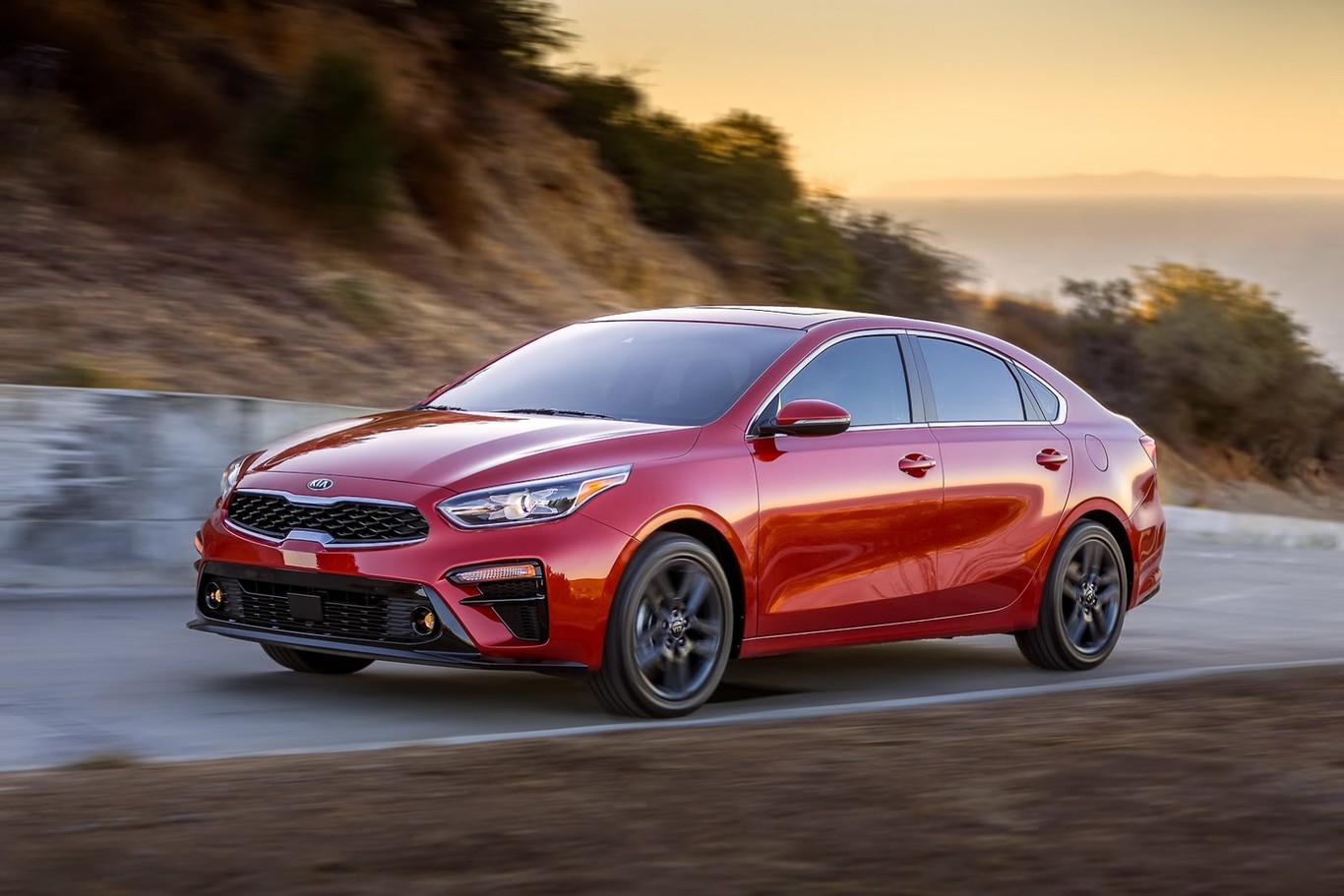
5. Kia Forte (2014–2018)
The Kia Forte is often praised for its affordability and style, but this generation has been criticized for mirror issues that are both mechanical and electronic. For starters, the adjustment control is overly sensitive.
A small tap on the directional pad might cause the mirror to swing too far in one direction, requiring multiple back-and-forth corrections. This kind of overreaction makes the system feel imprecise and difficult to trust for subtle changes.
The electric motors also suffer from uneven response times. In some vehicles, the right mirror might adjust quickly while the left takes several seconds to move.
This inconsistency is especially problematic when trying to balance both mirrors for a longer drive. You’re constantly second-guessing whether you’ve adjusted one more than the other or if the system simply didn’t register your input properly. In some cases, the control panel itself seems to glitch, momentarily cutting power before restoring it seconds later.
Manual folding introduces another layer of trouble. The mirror joints on this model are notoriously stiff. They don’t pivot easily, and once folded, they sometimes fail to return to their original position without a second push.
It’s not uncommon for the mirror to remain slightly off-angle, requiring another adjustment via the motor just to realign. This partial misalignment creates extra steps and increases wear on the components each time they’re used.
While Kia has improved its quality control in more recent models, this version of the Forte reflects the brand’s growing pains during that period. The car gets a lot of things right for its price point, but the mirror system is a constant sore spot.
For anyone who needs to make frequent adjustments, whether due to shared driving, tight parking, or varying road conditions, the Forte’s mirror setup can quickly go from a minor annoyance to a daily frustration.
Also Read: 10 Cars That Can Be Repaired With Only Basic Tools
Side mirrors may seem like a minor feature when choosing a vehicle, but their functionality can significantly affect both convenience and safety. A smooth, responsive, and reliable mirror adjustment system contributes to better situational awareness, easier parking, and less stress during everyday driving.
On the other hand, sticky or unpredictable mirror mechanisms not only irritate drivers but also increase the risk of misjudging nearby vehicles or obstacles, especially during quick lane changes or tight maneuvers.
Vehicles like the Honda CR-V, Toyota RAV4, Ford Escape, Hyundai Sonata, and Subaru Outback stand out because they treat mirror functionality with the importance it deserves. Their systems are thoughtfully designed to make the adjustment process fast, accurate, and durable.
These vehicles use well-placed controls, responsive motors, and sturdy construction to create a consistent experience that drivers can rely on day after day. Many of them even add extra features, like memory settings or automatic folding, which further reduce hassle and improve practicality. It’s clear that these manufacturers understand the value of making even the smallest details function smoothly.
On the other hand, models like the Jeep Wrangler, Chevrolet Silverado, Nissan Altima, Volkswagen Jetta, and Kia Forte expose how poor design or inconsistent quality can turn a simple action into a repeated annoyance. Whether it’s underpowered motors, awkward control placement, or stiff hinges that refuse to move, these vehicles present real obstacles to comfortable mirror use.
Drivers of these models often find themselves wasting time or dealing with unreliable systems that undermine the driving experience. Worse still, these issues tend to become more pronounced over time, turning into maintenance concerns or even safety hazards.
What this comparison highlights is that ease of use isn’t just about luxury it’s about usability. It’s the difference between confidently adjusting your mirrors as you pull out of a driveway versus pulling over and fiddling with a stuck component. It’s the kind of detail that might seem small during a test drive, but makes a huge difference across thousands of daily trips.
A vehicle’s comfort and reliability aren’t measured only by horsepower, touchscreen size, or cargo space; they’re also judged by how well it handles the everyday necessities, like adjusting a side mirror without delay or resistance.
This also points to a broader reality in vehicle design: not all “modern” features are executed with equal care. A car might offer power mirrors, but that doesn’t mean the system is efficient or durable.
Similarly, older or simpler cars can sometimes surprise you with straightforward and effective manual systems. In the end, it’s not about how complicated the technology is, but how well it performs the basic task it’s built for. Good design should remove obstacles, not create new ones.
If you’re considering a new or used car and mirror adjustment is something you deal with regularly, especially if you share the vehicle or live in a city, don’t overlook this feature during a test drive.
Try adjusting the mirrors from inside the car, fold them manually if needed, and notice how the controls feel. Sometimes, the little things make all the difference between a car that works with you and one that works against you.

